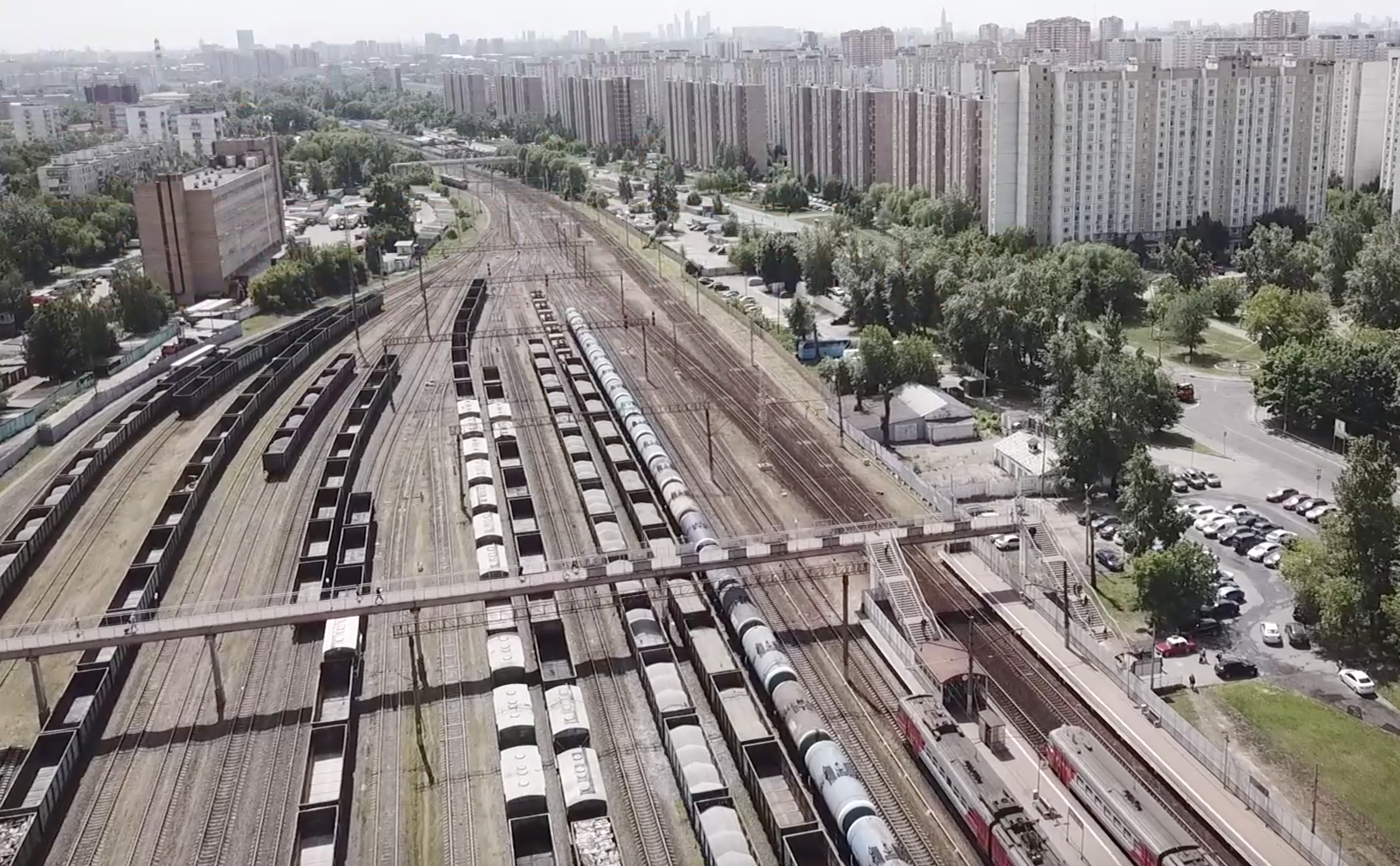
It’s an unavoidable fact of railroad life that at some point, most unit trains – which can be 100 cars or longer – will pass through a heavily populated urban area while laden with dangerous or hazardous materials. While accidents that result in catastrophic leaks or spills of hazardous materials are extremely rare – and becoming even rarer, according to industry analysts – a rollover incident that occurs in an urban, population-dense area has the potential to adversely affect a large number of people.
If an incident does occur, emergency personnel can more confidently respond if they know exactly what is being transported in each railcar. Working together to confront this challenge, in 2014 the emergency-response community and all North American Class I railroads announced the creation of the AskRail® smartphone app, which is available to first responders in all 50 states and eight Canadian provinces.
By simply entering the railcar number into the AskRail app, first responders are given immediate access to accurate, timely data concerning the type of hazardous material a railcar is carrying. Having this information at their fingertips lets first responders instantly know what they are dealing with should a rail emergency occur and enables them to quickly make an informed response decision.
If an accident does occur, a “weak link” that can lead to a product release may be the connection point where the railcar’s valves attach to its body. To help mitigate against these so-called “shear-off” incidents, Midland Manufacturing, Inc. offers a next-generation Pressure Relief Valve (PRV):
- Smart-Flow® PRV: Smart-Flow, Midland’s latest PRV innovation with a compact profile of less than 9”, produces a flow rating of 10,730 scfm at a set-to-discharge pressure of 75 psi. In other words, when the Smart-Flow PRV detects a high-pressure situation, pressure discharge rapidly occurs at a controlled rate of 10,730 scfm, which reduces the likelihood that a high-energy event will result. Additionally, if a fire were to happen, the Smart-Flow PRV is designed to withstand a 100-minute pool fire and 30-minute jet fire without rupturing.
An additional aid Midland has developed for instances when a rail accident or NAR involving the release of hazardous materials does occur is its B-240/B-243 Emergency Response Kit (ERK). These ERKs are marketed to fire departments, emergency-response contractors and railway dangerous goods officers, or any other organizations that employ first responders who are tasked with responding to railroad accidents or NARs.
Midland’s ERKs consist of a toolbox containing a broad range of tools and replacement parts; cover cans of five different sizes that are used to cap a leaking valve or fitting, along with corresponding gaskets; and a bridge that is used to secure a cover can to the railcar’s manway cover plate. The tools are highly engineered and designed to withstand the pressures, product flows and general abuse they are subject to during a hazmat-release incident.
For more than 60 years, Midland has designed and developed railcar systems and components with the safety of people, their communities and the environment front of mind. The next-level PRVs and ERKs that are now available to the railroad industry illustrate how Midland continues to adhere to the Defining What’s Next philosophy of OPW, its parent company. Defining What’s Next uses Environmental & Social Guidance (ESG) operating principles to Protect People, Protect the Environment and Enhance the Business Performance of OPW’s clients. For more information on Midland Manufacturing and its complete portfolio of rail tank-car products, please visit midlandmfg.com.